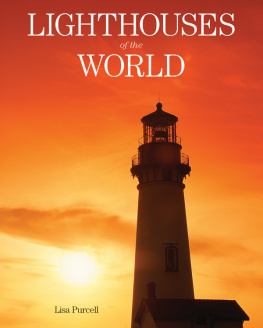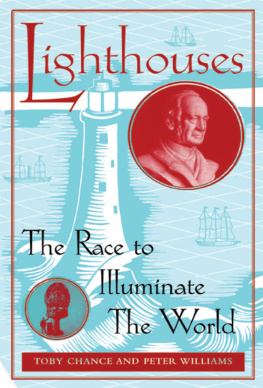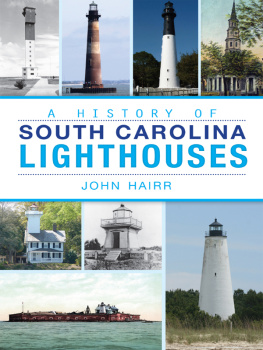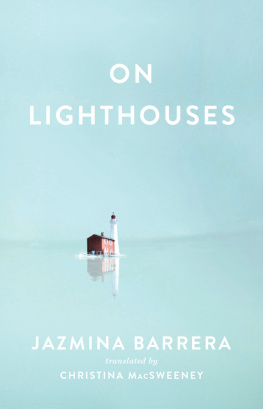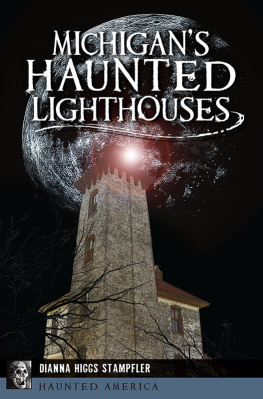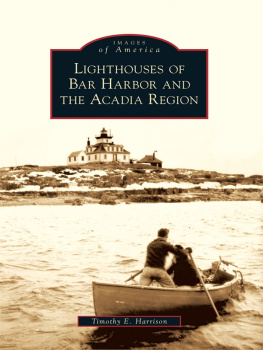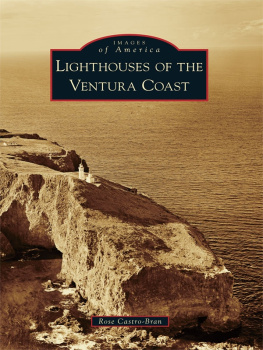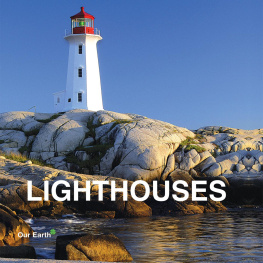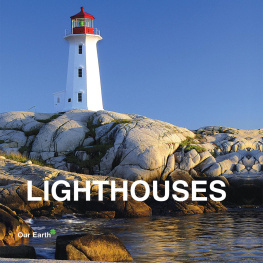Copyright 2014 by Moseley Road
First Skyhorse Publishing Edition 2015
All rights reserved. No part of this book may be reproduced in any manner without the express written consent of the publisher, except in the case of brief excerpts in critical reviews or articles. All inquiries should be addressed to Skyhorse Publishing, 307 West 36th Street, 11th Floor, New York, NY 10018.
Skyhorse Publishing books may be purchased in bulk at special discounts for sales promotion, corporate gifts, fund-raising, or educational purposes. Special editions can also be created to specifications. For details, contact the Special Sales Department, Skyhorse Publishing, 307 West 36th Street, 11th Floor, New York, NY 10018 or .
Skyhorse and Skyhorse Publishing are registered trademarks of Skyhorse Publishing, Inc., a Delaware corporation.
Visit our website at www.skyhorsepublishing.com.
10 9 8 7 6 5 4 3 2 1
Library of Congress Cataloging-in-Publication Data is available on file.
Cover design by Owen Corrigan
Cover photo credit: Thinkstock
Print ISBN: 978-1-62914-191-6
Ebook ISBN: 978-1-62914-319-4
Printed in China

Contents

Maidens Tower , Turkey
A BRIEF HISTORY OF LIGHTHOUSES
The building of lighthouses implies the development of nautical powers, and as the oceans and seas became more important in trade, travel and exploration, Seafarerswho had long sailed at the whim of the elementsmoved to secure their environment to assure the fleets safe passage. The very first lighthouses were built with the intention of welcoming ships and stimulating trade, but these early sailors eventually realized that these beacons could be used to warn of dangerous conditions, such as rocky ledges, shallow areas, or submerged shoals.
Perhaps the most famous lighthouse of all time was built in the third century BC to light the way to Alexandria, Egyptit was situated on the eastern point of Pharos Island. The building is thought to have been almost 500 feet tall, with a light visible from 35 miles away. Commissioned by Alexander the Greats general, Ptolemy I Soter, it was made up of three distinct levels. It was designed by Sostratos, and built by thousands of Egyptian slaves. The Pharos Lighthouse was the model for lighthouse technology for more than a millennium. One of the Seven Wonders of the World in the Hellenistic period, the lighthouse stood until destroyed by an earthquake in 1323.

The Dover Castle Lighthouse in Kent, England, was built by the Romans in 4650 AD. The octagonal structure was originally 80 feet tall, but only the bottom four floors remain today.

The worlds oldest surviving wave-washed lighthouse is located off the coast of Angus, Scotland. Since 1811, the Bell Rock Lighthouse has withstood the onslaught of heavy wind and waves. It even survived a helicopter crash in 1955.
While nothing came close to matching the Pharos Lighthouse for more than a thousand years after its erection, some Roman beacons did cast a glow over the waters during this period. The remnants of one of the twin lighthouses at Dover, built during the first century, still stand, at La Corua in Spain, their contemporary, the Tower of Hercules, still functions as the oldest active Roman lighthouse.

Graphic reconstruction based on a 2006 study of the Pharos Lighthouse of Alexandria, which was hailed as one of the Seven Wonders of the Ancient World.
The fall of the Roman Empire resulted in a diminished need for navigational beacons, primarily due to decreased trade, and as a result recorded information about lighthouses in the next seven centuries is next to nonexistent. In China in the ninth century, they hung lanterns at the top of tiered edifices, such as Mahota Pagoda, which still stands in Shanghai. The Mahota pagoda was a beacon for ships in the Huangpu River, which served as an outlet to the Yangtze. Pagodas served primarily as religious temples with only secondary navigational functions. Although some lighthouses were built during the Middle Ages, no technological advancements were made. The oldest surviving example is a twelfth-century beacon, tended by monks in Ireland at Hook Head, which continues to function to this day.

The Pharos Lighthouse of Alexandria took 12 years to build and was constructed of marble blocks with lead mortar.
In 1492, armed with the development of the triangular lateen saila massive improvement on the traditional square-shaped sailsand spurred on by pressure from competing nations, Christopher Columbus embarked on an expedition to establish a new trade route to Asia, with the blessing (and funding) of King Ferdinand II of Aragon and his bride Queen Isabella I of Castile. Columbuss voyages to North America opened the ports of the New World to massively expanded naval traffic, and the New World colonies that sprang up soon saw the need to build beacons at important ports; the Spanish established a watchtower in the 1500s in St. Augustine in what is now Florida, which is one of North Americas earliest lighthouses.
The English, in the colony of Massachusetts, erected a makeshift beacon to light Boston Harbor as early as 1673. Boston Light, the first official lighthouse in what would become the United States, was built in 1716. In England, John Smeaton invented lighthouse innovations that would be taken up by the rest of the world. He began work on the third lighthouse at Eddystone in 1756the Eddystone Light was intended to warn sailors of the dangerous rocks that lurked beneath the water that had wrecked so many ships. Smeatons endeavor was a great leap forward in lighthouse development. The building crew used hydraulic lime in conjunction with a system of dovetail joints to anchor the stones to the rock and each otherthe great advantage of hydraulic lime is that it cures underwater. Smeatons tower at Eddystone was modeled on the trunk of an oak tree, thickening gradually to a wide base. It shone for over 100 years.

The Mediterranean could be treacherous to travel, and though the construction of lights helped ease the journey, it did not speed it up. It is believed the Romans built at least 30 lighthouses on the Mediterranean.

Hook Head Light in Ireland was built in the 12th century. It remained an active aid to navigation throughout its history except for a period of 16 years in the 17th century when civil war broke out. The modern facade encases the centuries-old structure.

